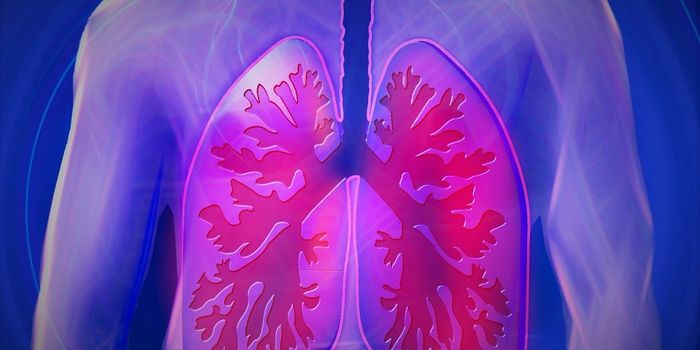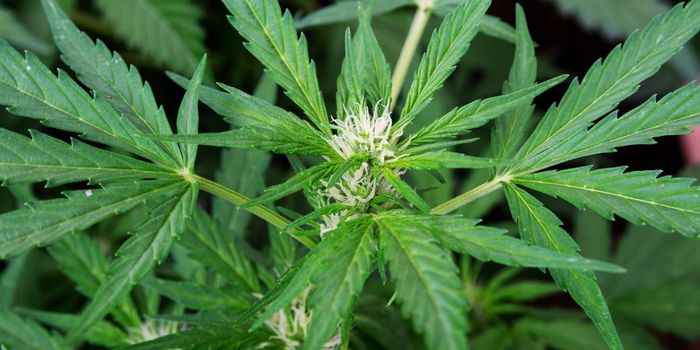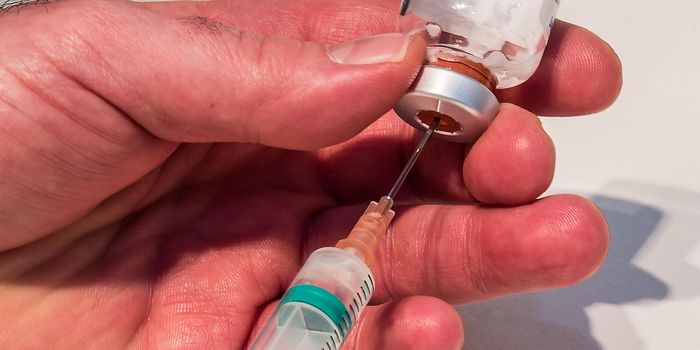Impact of exercise intensity and biological sex on hunger hormone
A recent study published in the Journal of the Endocrine Society has delved into how exercise intensity and biological sex impact levels of ghrelin, a hormone associated with hunger, as well as subjective feelings of hunger. Ghrelin, often called the "hunger hormone," regulates food intake and energy balance by signaling hunger to the brain, with levels generally rising before meals and falling after eating. This hormone exists in several forms, including total ghrelin (TG), acylated ghrelin (AG), and des-acylated ghrelin (DAG), each potentially playing distinct roles in hunger regulation.
The study's findings suggest that higher-intensity exercise can suppress all ghrelin isoforms, especially when compared to moderate-intensity workouts, contributing to reduced perceptions of hunger. "We found that high-intensity exercise suppressed ghrelin levels more than moderate-intensity exercise," said lead author Kara Anderson, Ph.D., of the University of Virginia.
This study used lactate measurements to set exercise intensities and found that only exercises performed above the lactate threshold significantly suppressed ghrelin levels. Lactate, a byproduct of anaerobic metabolism, may influence ghrelin suppression through its action on GPR81 receptors found in the gastric fundus, which block ghrelin secretion by engaging g-coupled receptor pathways.
While both males and females exhibited reduced DAG levels after high-intensity exercise, only females showed a significant reduction in AG, a ghrelin isoform that interacts directly with appetite centers in the brain. This finding may imply underlying sex differences in ghrelin release and sensitivity, possibly influenced by factors such as body composition and hormonal differences, including estrogen levels.
Moderate-intensity exercise produced distinct outcomes on hunger perception compared to high-intensity exercise. Moderate exercise led to increased feelings of hunger, especially in males, who reported significantly higher hunger scores during moderate-intensity sessions compared to high-intensity. This effect was less pronounced in females, suggesting possible sex differences in how exercise intensity modulates hunger.
These findings underscore the potential of high-intensity exercise to suppress hunger hormone levels and reduce perceptions of hunger, highlighting its value in developing exercise prescriptions tailored for weight control and obesity prevention. Given the evidence for sex differences in ghrelin responses to exercise, further research may also help identify more personalized exercise strategies. Understanding the interplay between these factors could open new doors for targeted interventions aimed at reducing obesity and improving metabolic health.








